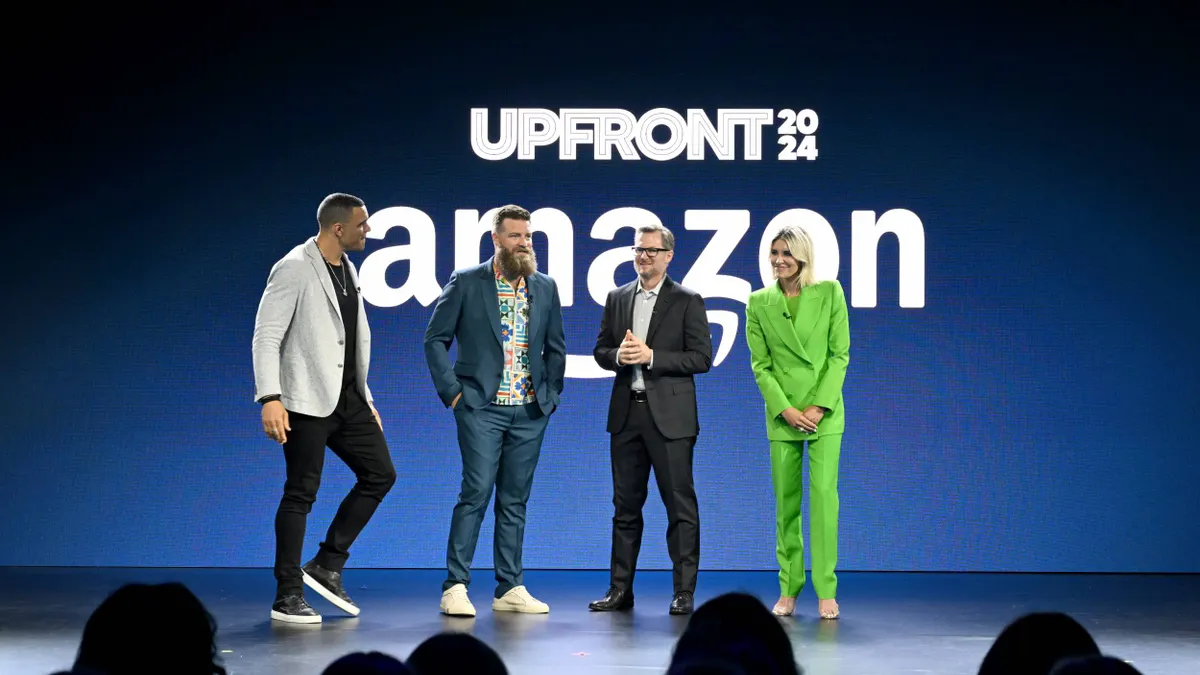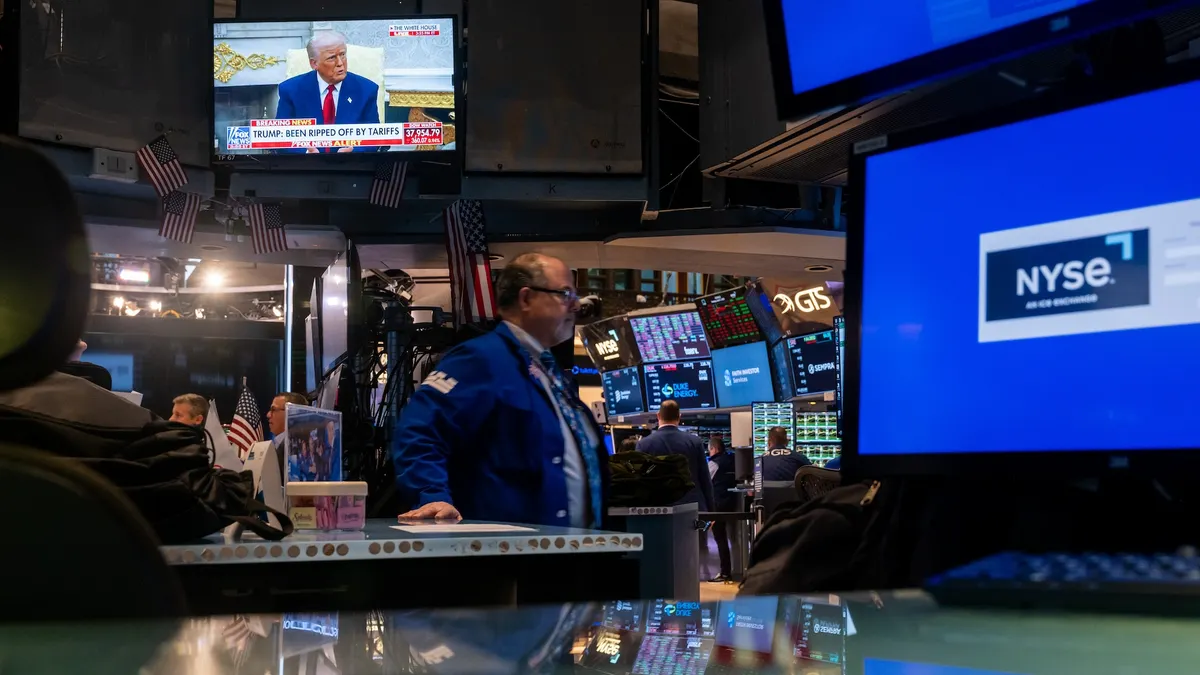Editor's note: The following is a guest post from Ran Milo, Bidalgo's vice president of marketing.
If it sometimes feels like the advances in app marketing are coming so fast you can hardly keep up, you're not alone. In 2017 the industry saw major platforms like Google, Apple and Facebook all launch significant new products designed to increase their share of the app marketing pie, while new entrants such as Snapchat, Pinterest and others made serious plays to get in the game as well. At the same time, advances in machine learning, data analytics and marketing infrastructures delivered new app marketing capabilities that can be extremely powerful but also very complex. It's enough to make your head spin.
The good news is that opportunities abound for app marketers. For those that are able to master the array of new tools, technologies and seismic shifts happening in the industry, tremendous growth and even profitability are never very far out of reach. All it takes for today's app marketers to push their products to the top of the charts is the ability to stay one step ahead of the competition. While that might sound easier said than done, it can be achieved by staying on the cutting edge of industry trends.
Here, we've highlight the top five trends that could shape the industry in the year ahead.
1. Artificial intelligence will become the status quo for media buying
This year, advertisers will no longer have to worry about media buying functions that can easily be taken over by computers, such as bid rate optimization and budget allocation. It makes no sense to hire a person to analyze large sets of data and do heavy number-crunching only to figure out how much their business should bid on a search term. Computers are simply better at these types of calculations than humans, and they do it much faster and more reliably. Facebook, Google, Snapchat and other major platforms have been developing AI technology for years to make the media buying process more efficient and effective. This will be the year their efforts come to fruition. AI's benefits for automating and optimizing data-heavy media buying processes will make it a staple for those who want to remain competitive.
2. Artificial intelligence will start to make ad creative smarter
In 2018, we will begin to see AI work its magic not only on the media buying side of the advertising equation, but on the creative side as well. While creative has traditionally been thought of as the "artistic" part of the advertising process, marketers will realize that there's somewhat of a science behind good ad creative, and that technology solutions can help engineer better creative for better performance. Computers won't necessarily take over the creative process; after all, human intelligence, imagination and emotion are required for that. But they will at least help light the fuse that leads to the creative spark by studying what creative elements work best to achieve certain goals, followed by recommending new creative that supports those goals. This combination of human-powered creativity and computer-powered analysis will help usher in the next generation of "smart" creative in 2018.
3. Ad formats will become more engaging, interactive and dynamic
Throughout the last few years, mobile ads have continually become more engaging and interactive. They've grown from clickable to swipeable and, more recently, even flippable, foldable, spinnable and pinchable as consumers have shown a propensity to engage with advertisers in clever and unique ways. Playable ads became de rigueur for app install campaigns throughout 2017 because they let consumers test an app before committing to downloading it, and we'll likely see this trend carry into 2018 as well. But thanks to advances in AI, marketers will get smarter about what types of content to place inside playables and other types of ad units. We'll also see interactive end cards tacked on to the end of video ads, flipping the consumer from a passive watcher to an active participant. Messenger ads, such as those run on Facebook Messenger, WhatsApp and others, also represent opportunities for those app marketers willing to devote the resources to mastering the channel. The same goes for Apple Search Ads. We might even see augmented and virtual reality become bigger components of app install campaigns, allowing audiences to engage with ad content on a whole new level.
4. Better data, optimization and creative will drive increases in return on ad spend
While cost per install (CPI) rates stayed relatively flat in 2017, advertisers' return on ad spend (ROAS) grew by about 35%, according to Bidalgo's network-wide data. That's largely because advertisers have come to understand that ROAS is one of the more important key performance indicators. At the same time, they've accordingly focused on A.) optimizing their campaigns toward revenue goals rather than cost-per-install goals, focusing on deep funnel actions through new tools that came out in 2017 like Facebook's app event optimization and Google's UAC (universal app campaigns) for actions and value; and B.) running ad creative that leads to higher-quality, more profitable new users. This year, we'll see marketers continue to take proactive steps to increase post-install conversions and deep-funnel actions, coupled with more platform tools designed for targeting deep-funnel actions and value. App marketers will continue to see their ROAS climb in 2018, even if CPI rates climb as well.
5. Ad monetization will grow, driving incremental revenue
The initial rise of "freemium" apps was mostly enabled by in-app purchases, which let users pay for upgrades, premium content and power-ups in their favorite apps and games. Traditionally, app developers have shied away from running too many in-app ads out of concern for the user experience — they simply didn't want to burden users with too many ads. But as in-app analytics and machine learning evolve, developers are finding it easier to know how, when and to whom to serve targeted content, making ad monetization a more viable model in the long term. And with the low-friction experience of video ads in particular, developers will find that in 2018, their efforts to focus on ad-based monetization will be supported by expected updates to platform tools like Facebook's Audience Manager and Google's AdSense that could make it easier and more effective for app developers to monetize audiences through targeted and unobtrusive advertising.








